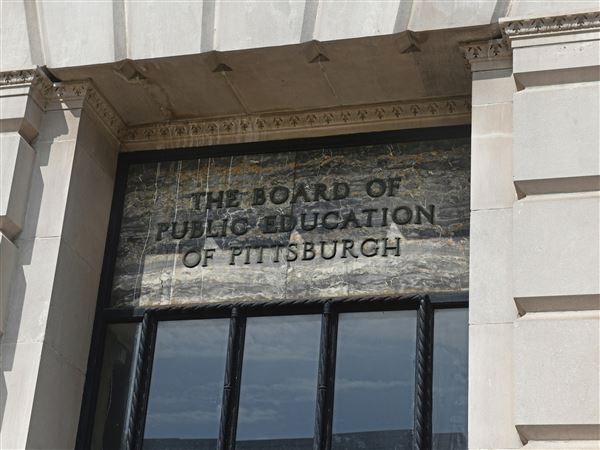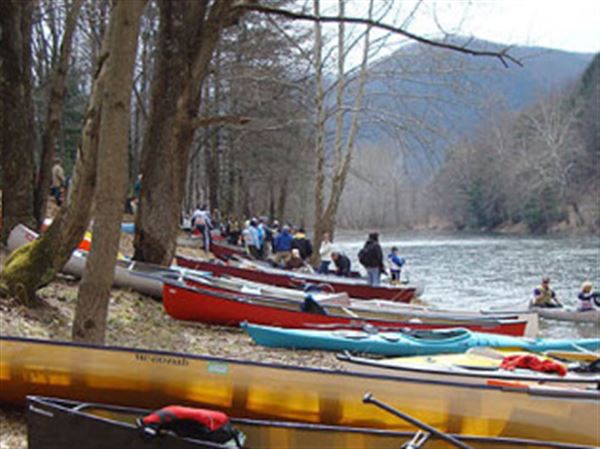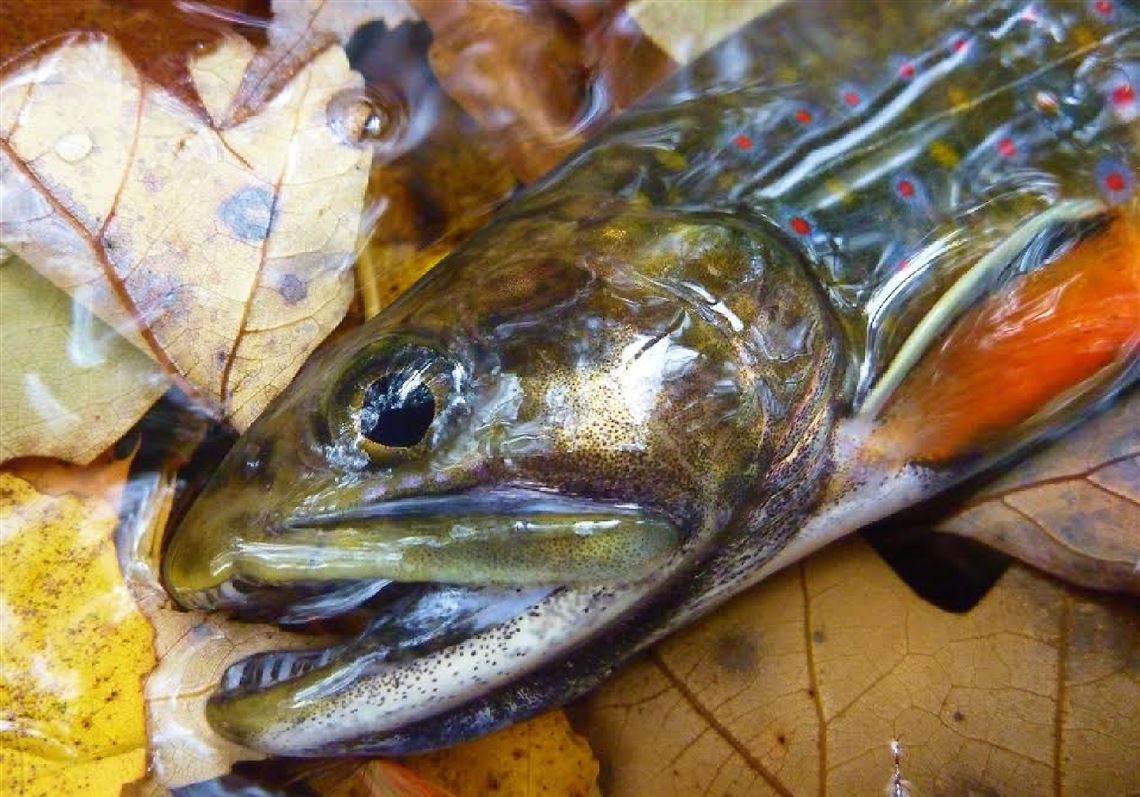STATE COLLEGE -- Nearly 70 percent of the Pennsylvania fishing licenses sold in 2016 were purchased for the purpose of catching trout. The state Fish and Boat Commission estimates that the 3.2 million trout it raises and stocks each year generate some $500 million in economic activity each year.
In contrast, interest in Pennsylvania’s wild trout contributes just $16 million annually to the state’s economy.
But at a conference held in Bellefonte, Centre County, last week, a panel of speakers told reporters and wildlife managers that wild trout represent something more valuable than money.
Where there are wild trout, they said, there is clean water.
Fish and Boat’s first Wild Trout Summit spent little time on regulation and management. Panelists spoke mostly about the role of wild trout in assessing water quality.
“This has been on my mind for seven years since I’ve been the director,” said John Arway, executive director of the Fish and Boat Commission, during a break at the day-long conference.
Presentations included the history of wild trout management in Pennsylvania, assessing small stream water quality, environmental review and permitting, the impacts of climate change, habitat improvement, genetic variation and radio-tracking studies of the movement of wild trout.
Fewer than a million of the state’s adult residents participate in fishing, yet panelists suggested that a stream of logic connects wild trout to the interests of every Pennsylvanian.
Indigenous brook trout and naturalized browns and rainbows, said some presenters, are the canaries in the coal mine of clean water conservation. Naturally reproducing trout can support a fishery only where waters are particularly clean. While some mature stocked trout hold over to the next year, they are not intended to reproduce.
And so, the theory goes, in stream sections where wild trout are found in sustaining abundance, the water must be clean. In order to maintain prime populations of that natural bellwether of water quality, special permitting forbids any development or activity that may degrade that standard.
Since 2010 Fish and Boat’s Unassessed Waters Initiative has searched for wild trout and taken baseline water-quality readings on nearly 13,000 miles of previously unassessed streams. Through the program, Fish and Boat staff and university volunteers have added 1,134 new entries to the list of wild trout stream sections.
The detection of previously unknown populations of wild trout is the central task in a complicated pollution-detection system that enables corporations to work around sensitive areas, warns of the release of water pollutants and protects a vital natural resource. Some speakers at the Wild Trout Initiative questioned why a program that benefits all Pennsylvanians should be funded primarily by license fees and excise taxes paid by anglers.
“We think there are probably about 53,000 Pennsylvania streams that our people have never been on -- only about 700 of [those streams[ have names,” said Arway. “The PFBC does not have the resources to assess those waters before their possible degradation.”
The Pennsylvania Department of Conservation and Natural Resources estimates the state has more than 86,500 miles of flowing water, second in the U.S. only to Alaska. Sixty-three of Pennsylvania’s 67 counties have naturally reproducing wild trout. None have been found in Beaver, Greene, Washington and Philadelphia counties.
Waters designated “wild trout streams” include more than 15,000 miles of stream and river sections where wild trout have been documented, plus another 20,273 miles of upstream tributaries that supply water to the wild trout below. Despite the environmental complications presented in an urban district, southwestern Pennsylvania includes hundreds of stream miles designated as wild trout waters. Allegheny County’s 1,225,000 residents are neighbors to two “wild trout streams” totalling 29.71 miles.
A subset of wild trout streams, the best of Pennsylvania’s naturally reproducing wild trout fisheries, is considered Class A. About 6 percent of wild trout waters get the Class A designation including 61.3 miles in Fayette and Westmoreland counties. Fish and Boat reports that 12,362 miles of wild trout streams, 35 percent of the total, flow through public land. Nearly 850 miles of Class A waters, 39 percent, are located on public land.
Several panelists at the Wild Trout Summit suggested that the state’s wild trout should be considered a vital natural resource, at least as valuable as the timber and minerals that could wipe out reproducing populations with a single industrial accident.
“I’ve been promoting a number of ideas about how to acquire funding so that just anglers don’t have to pay for the lion’s share of the benefits that the public receives [from wild trout],” said Arway.
A shale gas severance tax similar those applied when gas leaves every other major gas-drilling state has never gotten legislative traction in Harrisburg.
“We did get into the [surface] impact fee … and some of that is used to fund the Unassessed Waters program,” said Arway, “but the broader severance tax would have brought more money back.”
He’s been pushing, with little success, for a consumptive use water fee that would be applied whenever water collected in Pennsylvania leaves the state in bottles, is evaporated through power plant smokestacks or injected below the water table at shale gas wells, never to see the surface again for perhaps millions of years. Another idea: Pennsylvania anglers spend $1.2 billion a year on travel, hotels, food and other fishing-related activities, and about 6 percent goes to state taxes. Arway said he’d like to see some of that reinvested in fishing or water-quality assessment.
Dingell-Johnson license fees and excise taxes are well-protected by design, but the political vibe out of Washington suggests that federal funding for water quality, wildlife management and other conservation issues may soon be hard to get.
“It’s about a quarter of our budget, so we’re looking at about $20 million a year. If we lost it we’d be crippled,” said Arway. “We’d have to scale back to where we’d essentially be irrelevant.”
First Published: September 3, 2017, 10:30 a.m.

















